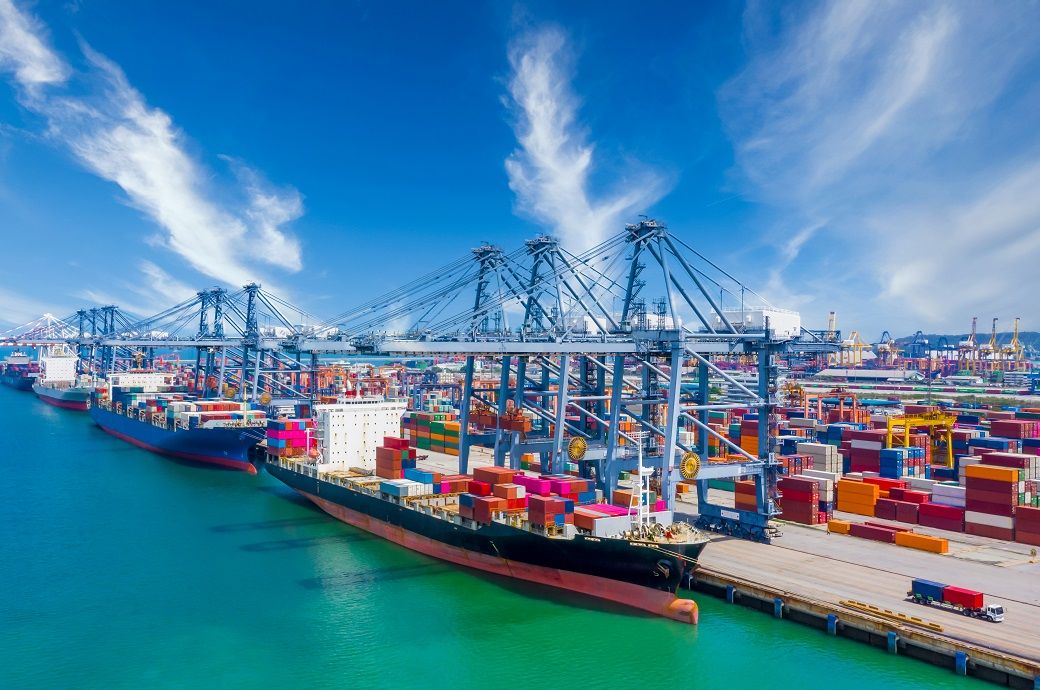

The expansion of the New Western Land-Sea Corridor played a crucial role in this growth, enhancing Guangxi port's volume by 20 per cent. Additionally, volumes transported via the China-Europe Railway saw a 10 per cent increase, further supporting the overall growth in port throughput.
Despite these positive trends in port activity, China's exports by value fell by 2 per cent YoY in Q1 2024. This decline, however, marks an improvement from the 3 per cent drop observed in Q4 2023. The decrease in exports to the Association of Southeast Asian Nations (ASEAN) and the EU slowed to 3 per cent and 7 per cent, respectively, down from 9 per cent and 10 per cent in the previous quarter. Exports to the US fell by 4 per cent YoY in Q1 2024, a slight increase from the 3 per cent drop in Q4 2023, as per Fitch.
Encouragingly, demand in these key markets is showing signs of recovery. Exports to ASEAN surged by 8 per cent YoY in April 2024, while exports to the US and EU fell by 3 per cent and 4 per cent, respectively.
Freight rates have also seen substantial increases. The Shanghai Containerised Freight Index rose by 107 per cent YoY and 85 per cent quarter-on-quarter (QoQ) in Q1 2024. Similarly, the China Containerised Freight Index increased by 19 per cent YoY and 51 per cent YoY. Shipping rates remained high, influenced by ongoing conflict in the Red Sea.
The outlook for US and EU demand remains positive, likely supporting further throughput growth at China's ports. The US manufacturing purchasing managers' index (PMI) stayed above 50 for five consecutive months in 2024, indicating expansion. In the eurozone, the manufacturing PMI rebounded to 47.4 in May, reaching a 15-month high.
However, geopolitical tensions could pose risks to this growth trajectory. In May, the US announced tariff hikes on a range of Chinese imports, which may escalate tensions and potentially temper the growth in China’s port throughput.
Fibre2Fashion News Desk (DP)